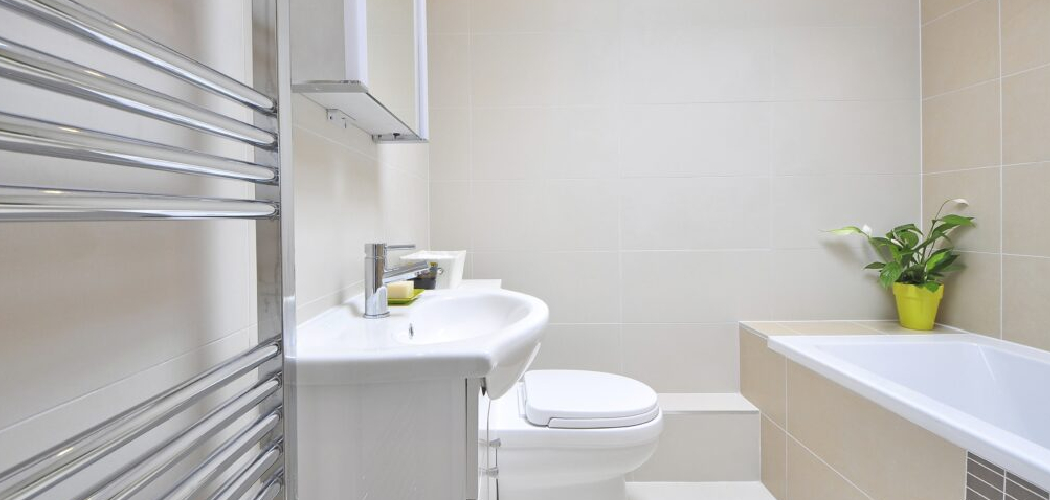In order to add a bathroom to your home, you will need to obtain a permit from your local building authority. This permit is required to ensure that the construction of your new bathroom meets all safety and building codes. In this guide on how to get a permit to add a bathroom, we will discuss the steps you need to take to obtain a permit to add a bathroom.
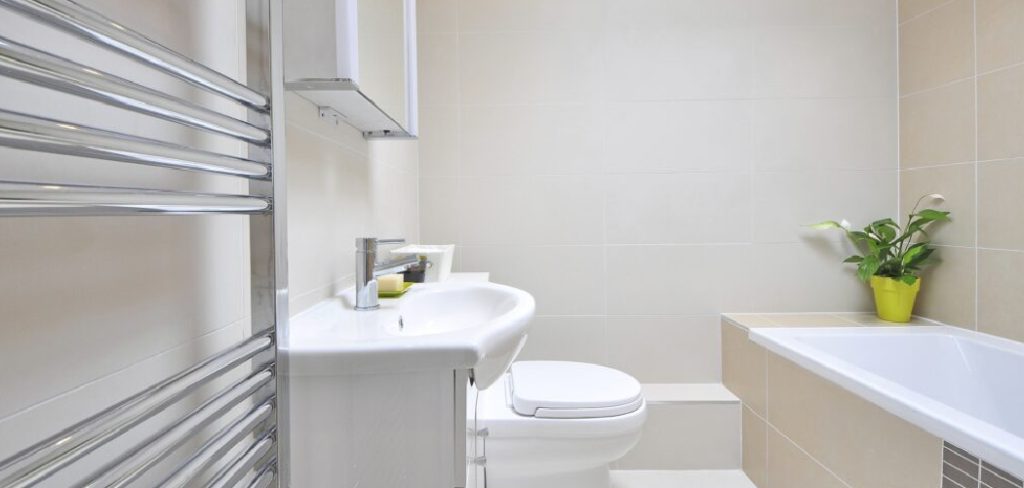
Necessary Items
Before applying for a permit, you will need to gather some necessary items. These items may vary depending on your local building authority’s requirements but typically include the following:
- Detailed plans or blueprints of your proposed bathroom addition
- A completed permit application form
- Proof of property ownership and identification (e.g., driver’s license)
- Payment for permit fees
- Any additional documentation or information required by your local building authority
It is important to have all of these items prepared before you submit your permit application to avoid any delays in the process.
8 Things to Know Before You Start
1) Understand the Building Codes and Regulations
Before you start planning your bathroom addition, it is important to research and understand the building codes and regulations in your area. This will ensure that your plans comply with safety standards and avoid any potential issues during the permit application process.
2) Contact Your Local Building Authority
Contact your local building authority to find out what specific permits are required for your bathroom addition. They will also be able to provide you with the necessary forms and inform you of any additional documentation or information needed.
3) Consider Hiring a Professional
Depending on the complexity of your bathroom addition, it may be beneficial to hire a professional contractor or architect. They can help ensure that your plans meet all building codes and regulations, making the permit application process smoother.
4) Determine the Timeline and Budget
Before applying for a permit, it is important to have a clear idea of your timeline and budget. This will help you plan accordingly and avoid any unexpected delays or costs during the construction process.
5) Submit Detailed Plans
When submitting your permit application, make sure to include detailed plans or blueprints of your proposed bathroom addition. These plans should include all necessary measurements, materials, and construction methods.
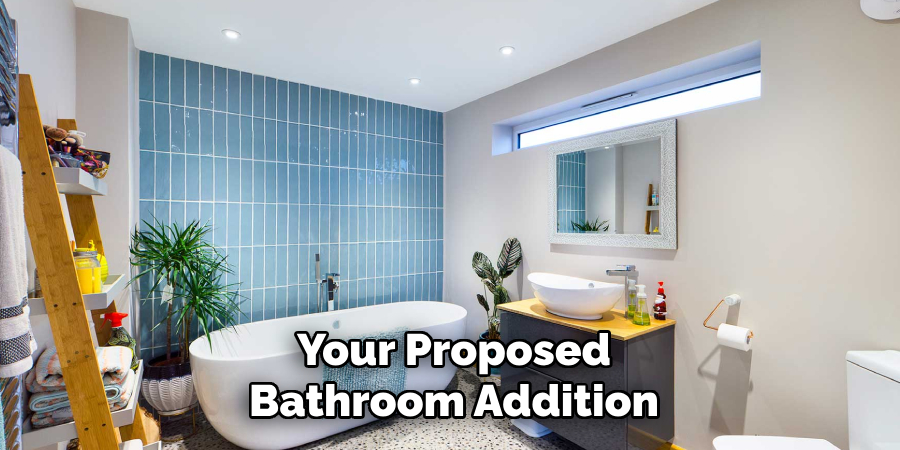
6) Pay Attention to Zoning Requirements
In addition to building codes, you will also need to comply with zoning requirements in your area. This may include restrictions on the size or location of your bathroom addition. While your local building authority can provide you with this information, it is also important to research on your own.
7) Schedule Inspections
Once you have obtained your permit and started construction, be sure to schedule any necessary inspections with your local building authority. These inspections ensure that your bathroom addition is being built according to the approved plans and meets all safety standards. Failure to schedule inspections or pass them can result in penalties or delays.
8) Keep Records
Throughout the process of obtaining a permit and building your bathroom addition, it is important to keep thorough records. This includes all documentation related to the permit application, any correspondence with your local building authority, and receipts for payments made.
Obtaining a permit to add a bathroom may seem like a daunting task, but by following these steps and being prepared, the process can be smooth and efficient. Remember to always comply with building codes and regulations, as they are in place for your safety. Good luck with your new bathroom addition! ͏
12 Steps on How to Get a Permit to Add a Bathroom
Step 1: Determine if a Permit is Required
The first step in obtaining a permit is determining whether or not one is required for your project. This can usually be done by contacting your local building authority or checking their website. In some cases, minor renovations such as painting or replacing fixtures may not require a permit.
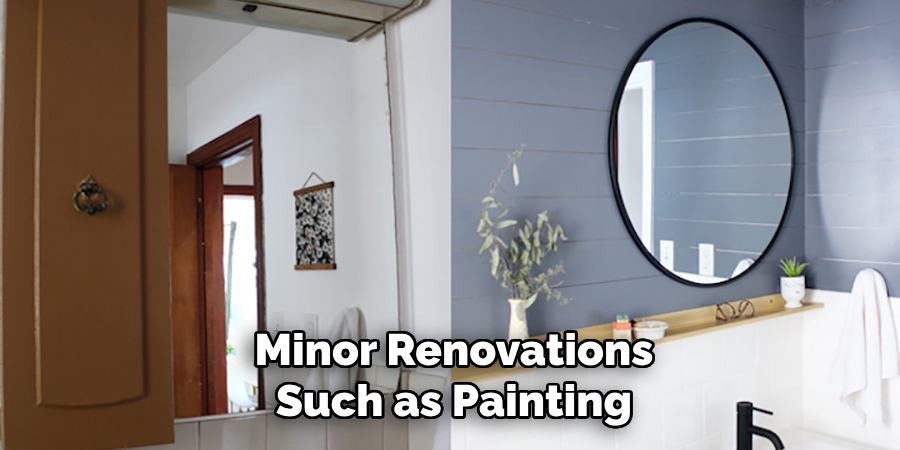
Step 2: Gather Necessary Items
As mentioned earlier, you will need to gather necessary items such as detailed plans, a completed permit application form, proof of property ownership and identification, payment for fees, and any additional documentation required by your local building authority.
Step 3: Research Building Codes and Regulations
It is important to understand and comply with building codes and regulations in your area to ensure the safety and legality of your bathroom addition. This may require some research on your part, but it will help avoid any potential issues during the permit application process.
Step 4: Contact Your Local Building Authority
Contacting your local building authority is a crucial step in obtaining a permit. They will be able to provide you with specific information and requirements for your bathroom addition project.
Step 5: Consider Hiring a Professional
Depending on the complexity of your project, it may be beneficial to hire a professional contractor or architect. They can help ensure that your plans meet all building codes and regulations, making the permit application process smoother.
Step 6: Determine Timeline and Budget
Having a clear idea of your timeline and budget before applying for a permit will help you plan accordingly and avoid any unexpected delays or costs during the construction process.
Step 7: Submit Detailed Plans
When submitting your permit application, make sure to include detailed plans or blueprints of your proposed bathroom addition. These plans should include all necessary measurements, materials, and construction methods.
Step 8: Pay Attention to Zoning Requirements
In addition to building codes, you will also need to comply with zoning requirements in your area. This may include restrictions on the size or location of your bathroom addition. It is important to research these requirements and ensure that your plans comply.
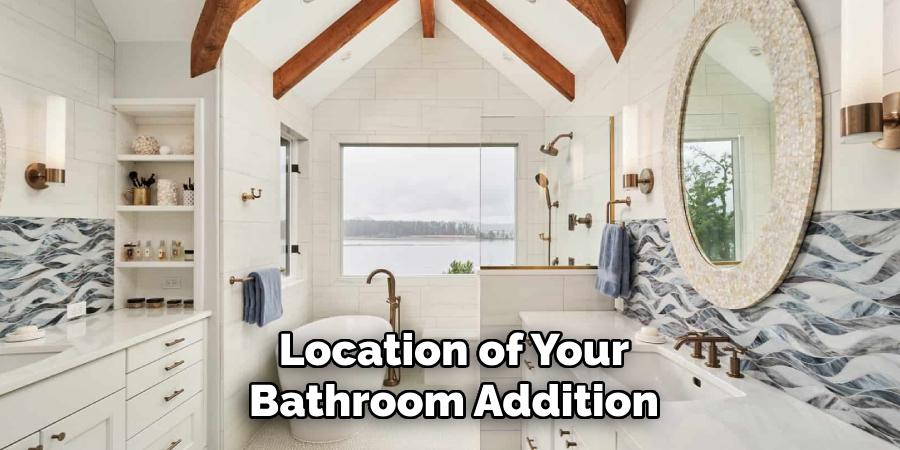
Step 9: Pay Fees
There are often fees associated with obtaining a permit, including application fees and inspection fees. Make sure to include payment for these fees when submitting your application.
Step 10: Schedule Inspections
Once you have obtained your permit and started construction, be sure to schedule any necessary inspections with your local building authority. These inspections ensure that your bathroom addition is being built according to the approved plans and meets all safety standards.
Step 11: Keep Records
Throughout the process of obtaining a permit and building your bathroom addition, it is important to keep thorough records. This includes all documents related to the permit application, any correspondence with your local building authority, and receipts for payments made.
Step 12: Final Approval
Once all necessary inspections have been completed and your bathroom addition has been built according to the approved plans, your local building authority will issue a final approval. Congratulations, you now have a permit for your bathroom addition! Remember to keep a copy of the permit and all associated documents for future reference. ͏
Obtaining a permit to add a bathroom may seem like a daunting task, but by following these 12 steps on how to get a permit to add a bathroom and being prepared, the process can be smooth and efficient. Remember to always comply with building codes and regulations, as they are in place for your safety. Good luck with your new bathroom addition!
8 Things to Avoid When Applying for a Permit
1) Starting Construction without a Permit
It may be tempting to start construction on your bathroom addition before obtaining a permit, but this can lead to fines and delays. It is important to follow the proper process and obtain a permit before beginning any work.
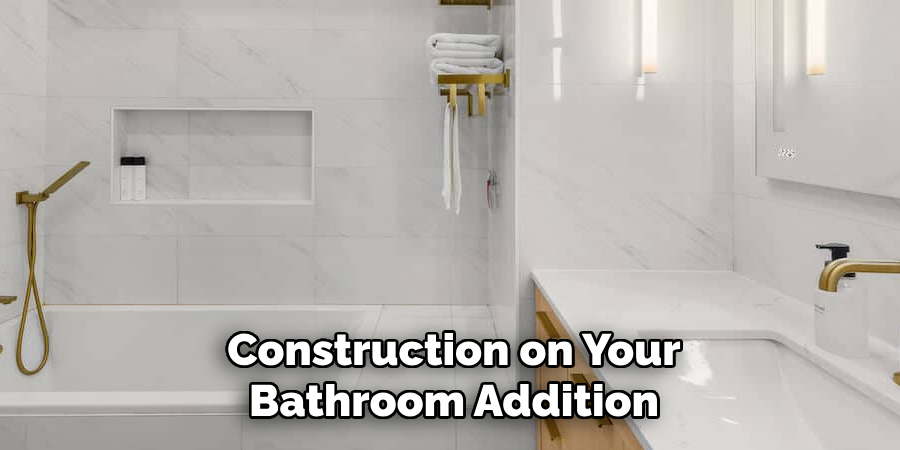
2) Not Checking Zoning Requirements
As mentioned earlier, it is important to research and comply with zoning requirements in your area. Failure to do so may result in having to make costly changes or even being unable to complete your project.
3) Ignoring Building Codes and Regulations
Building codes and regulations are put in place for safety reasons, so it is important not to ignore them. Failure to comply can lead to penalties and potential hazards. And remember, just because a certain method or material may be cheaper or easier does not mean it is up to code.
4) Inaccurate or Incomplete Permit Application
Make sure to double-check your permit application for accuracy and completeness before submitting it. This will help avoid any delays in the process. Also, be sure to include all necessary documentation and payment for fees.
5) Not Communicating with Your Local Building Authority
It is important to stay in communication with your local building authority throughout the permit application process. They are there to help guide you and ensure that your bathroom addition meets all requirements.
6) Cutting Corners on Plans
Detailed plans are crucial for obtaining a permit and ensuring that your bathroom addition is built safely and correctly. Cutting corners on plans may lead to issues during construction or even failure to pass inspections.
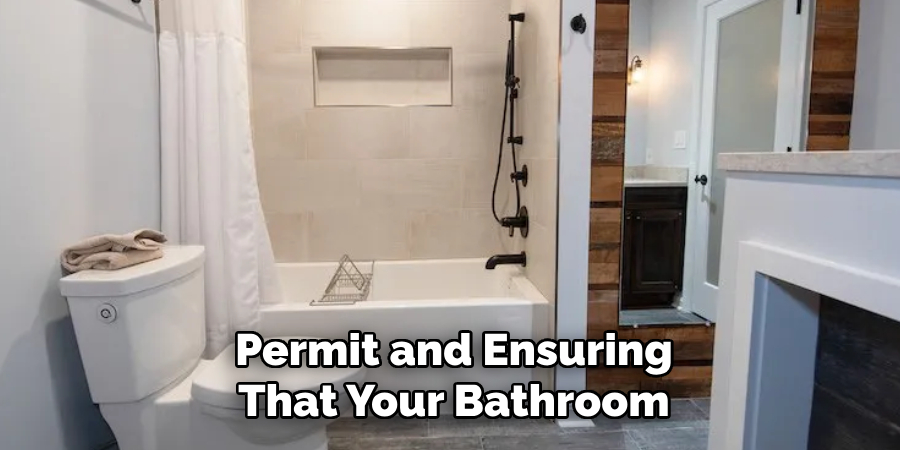
7) Not Keeping Records
Keeping thorough records throughout the process of obtaining a permit and building your bathroom addition is important for future reference. This includes all documents related to the permit application, correspondence with your local building authority, and receipts for payments made.
8) Skipping Inspections
Inspections are a necessary part of the permit process to ensure that your bathroom addition is being built according to approved plans and meets all safety standards. Skipping or avoiding inspections can lead to costly penalties and potential hazards. ͏
Obtaining a permit for your bathroom addition may seem like a daunting task, but it is an important step in ensuring that your project is safe and follows all necessary regulations. By following these steps and avoiding common mistakes, you can successfully obtain a permit and begin construction on your dream bathroom. Remember to always consult with professionals and do thorough research before starting any home renovation project.
8 Additional Tips for a Successful Permit Application
1) Do Your Research
Before starting the permit application process, do your research and familiarize yourself with the building codes and zoning requirements in your area. This will help ensure that your plans comply with all regulations.
2) Seek Professional Help
Suppose you are unsure about any aspect of the permit application process or building codes. In that case, it may be beneficial to seek advice from a professional, such as an architect or contractor. Also, consider hiring a professional to create your plans for the best chance of approval.
3) Plan Ahead
Permit applications can take time to process, so it is important to plan ahead and give yourself plenty of time before construction begins. This will also allow for any necessary revisions or changes that may be required by your local building authority.
4) Double-Check Your Plans
Before submitting your permit application, double-check your plans for accuracy and completeness. This will help avoid any delays in the process and ensure that your bathroom addition meets all requirements.
5) Use Proper Terminology
Using accurate terminology in your permit application can help speed up the process and avoid confusion with your local building authority. If you are unsure about specific terms, consult with a professional or research them beforehand.
6) Be Thorough in Your Application
Provide all necessary information and documentation in your permit application to avoid delays. This may include detailed plans, property surveys, and any required fees. While it may seem like a lot of paperwork, being thorough will help ensure a successful application.
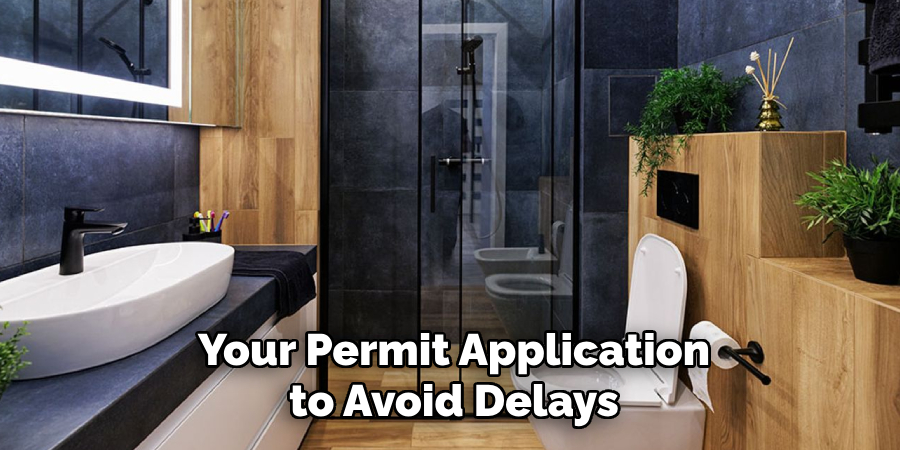
7) Keep Open Communication
Stay in communication with your local building authority throughout the process to address any questions or concerns. This will also help show your commitment to following regulations and obtaining proper approval for your bathroom addition.
8) Be Patient
Obtaining a permit may take time, but it is an important step in ensuring a safe and successful bathroom addition. Be patient and understand that the process is in place to protect you and your home. ͏
By following these additional tips on how to get a permit to add a bathroom, you can further increase your chances of success when applying for a permit for your bathroom addition. Remember to always prioritize safety and compliance with regulations to ensure a successful project. ͏
8 Safety Measures to Keep in Mind During Construction
1) Follow Proper Safety Protocols
Make sure to follow all necessary safety protocols during construction, such as wearing protective gear and using proper equipment. This will help prevent any accidents or injuries on the job site. And always have a first aid kit on hand in case of emergencies.
2) Properly Store Materials
Properly store all materials to prevent any hazards or accidents. This includes keeping them away from children and pets, as well as ensuring they are stored in a dry and secure location. Soak any rags or waste materials in water before disposing of them to prevent fires.
3) Use Proper Ventilation
Ensure there is proper ventilation in the work area to avoid inhaling harmful fumes from paints, adhesives, and other chemicals. This will also help prevent the buildup of dust and debris. So, make sure to open windows and use a fans or vents when necessary.
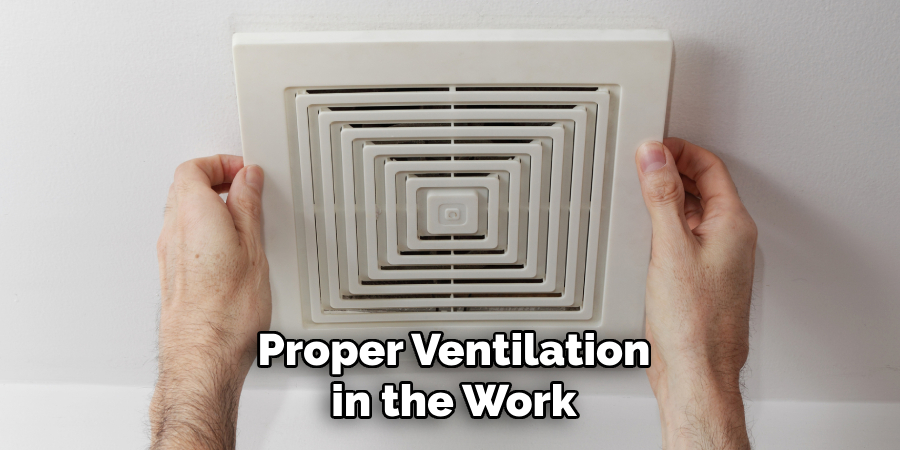
4) Secure the Work Area
Keep the work area secure by using barriers or caution tape to prevent access by children or pets. This will also help keep the area clean and avoid any accidents from tripping over tools or materials. But also ensure that there is a clear exit in case of emergencies.
5) Use Proper Electrical Safety Measures
If working with electricity, make sure to follow proper safety measures, such as turning off the power before making any changes, using insulated tools, and avoiding wet conditions. If you are unsure about anything related to electrical work, consult a professional.
6) Keep Work Area Clean
A clean work area will not only help prevent accidents but also make the construction process more efficient. Dispose of any waste materials properly, and sweep or vacuum regularly to keep the area free of debris.
7) Take Breaks
Don’t overexert yourself during construction. Take regular breaks to rest and hydrate, especially in hot weather. This will help prevent fatigue and avoid any accidents caused by lack of attention or exhaustion.
8) Inspect Regularly
Regularly inspect the construction site and make necessary adjustments to ensure safety. This includes checking for loose or unstable structures, sharp edges, or exposed wires. If you notice anything that could pose a safety hazard, address it immediately.
Frequently Asked QuestionsAbout Obtaining a Permit for a Bathroom Addition
How Much Does a Permit Cost?
The cost of a permit can vary depending on your location and the scope of your bathroom addition. It is best to consult with your local building authority for specific pricing information.
How Long Does it Take to Get a Permit?
The time it takes to obtain a permit can vary, but it is best to plan for several weeks or even a few months. This will allow for any necessary revisions or delays in the process.
Can I Start Construction Before Obtaining a Permit?
No, it is important to wait until you have received proper approval and the necessary permits before starting any construction on your bathroom addition. Attempting to start without a permit can result in penalties and potential hazards.
What Happens if I Don’t Get a Permit?
Building without proper permits is illegal and can lead to fines, penalties, or even having to tear down any work that has been done. It is important to follow all regulations and obtain a permit for your bathroom addition to avoid these consequences.
Can I Make Changes to My Plans After Receiving a Permit?
If any changes need to be made after receiving a permit, it is important to consult with your local building authority and follow their procedures for revising plans. This may include submitting new plans or paying additional fees. ͏
Conclusion
In conclusion, obtaining a permit for your bathroom addition may seem like a hassle, but it is an essential step in ensuring the safety and legality of your project. By avoiding common mistakes and following these additional tips on how to get a permit to add a bathroom, you can successfully obtain a permit and begin construction on your dream bathroom. ͏
So don’t cut corners or rush through the process, and always prioritize safety and compliance with regulations. Remember to stay in communication with professionals and your local building authority for a smooth and successful project.

